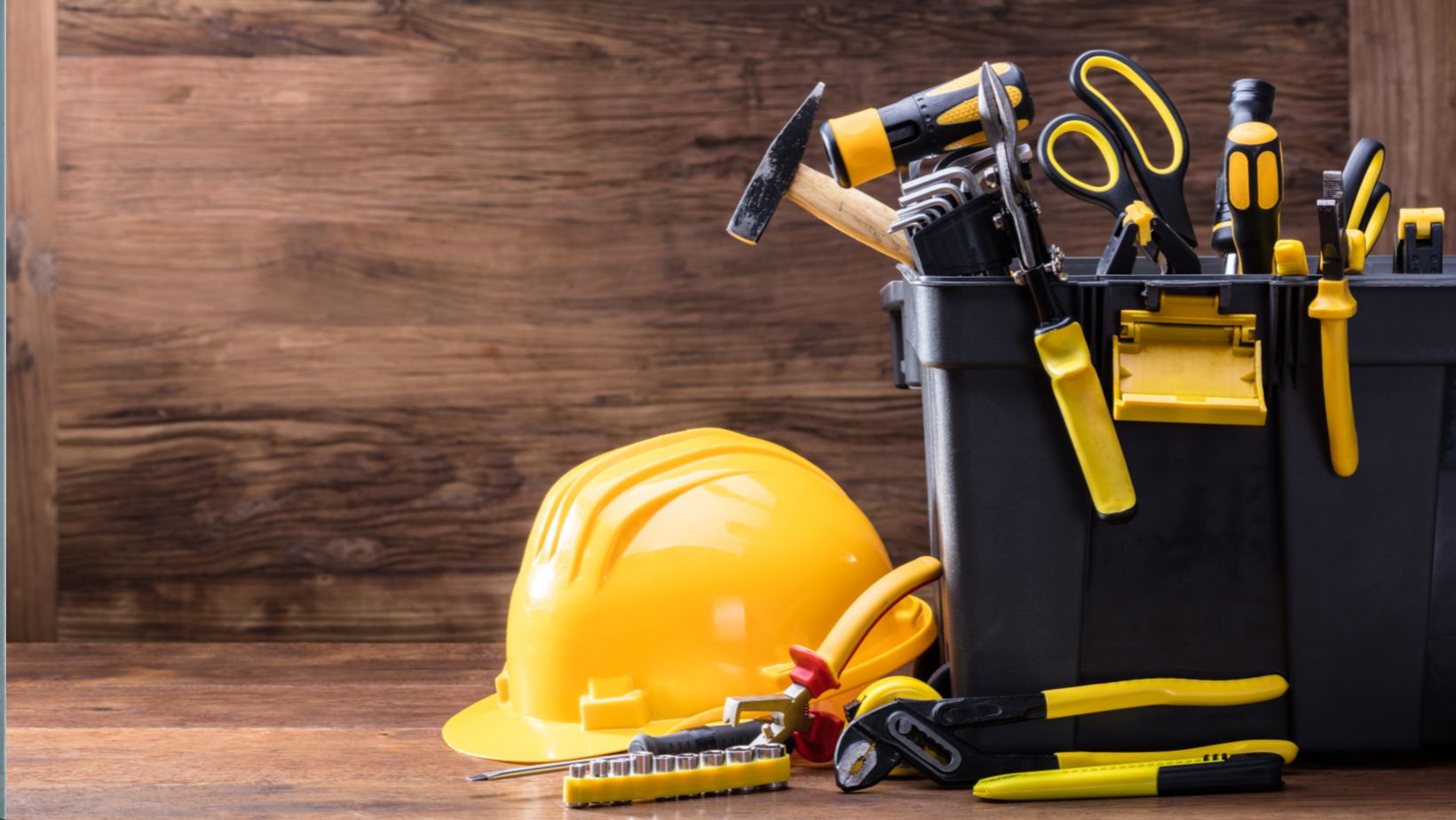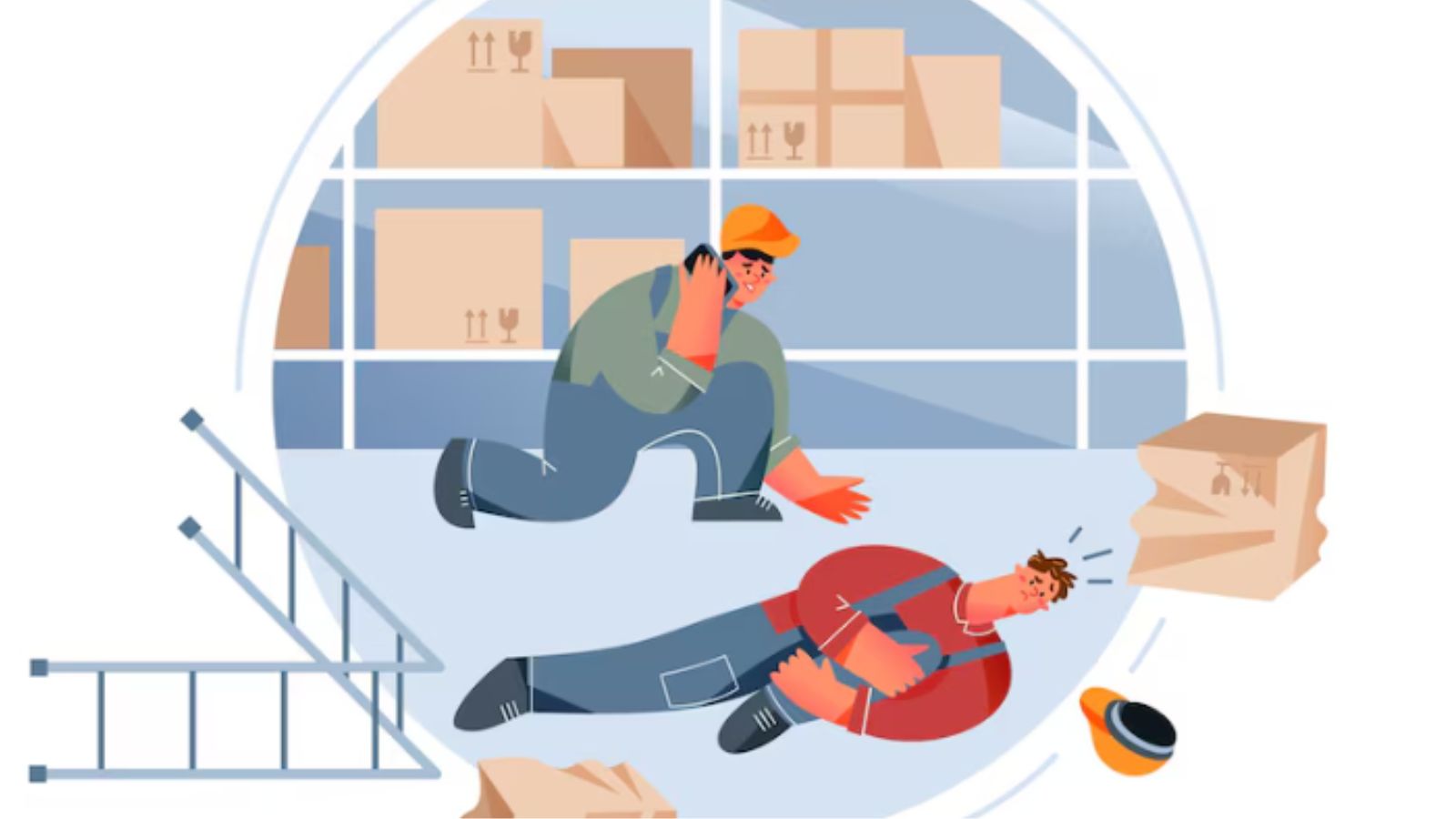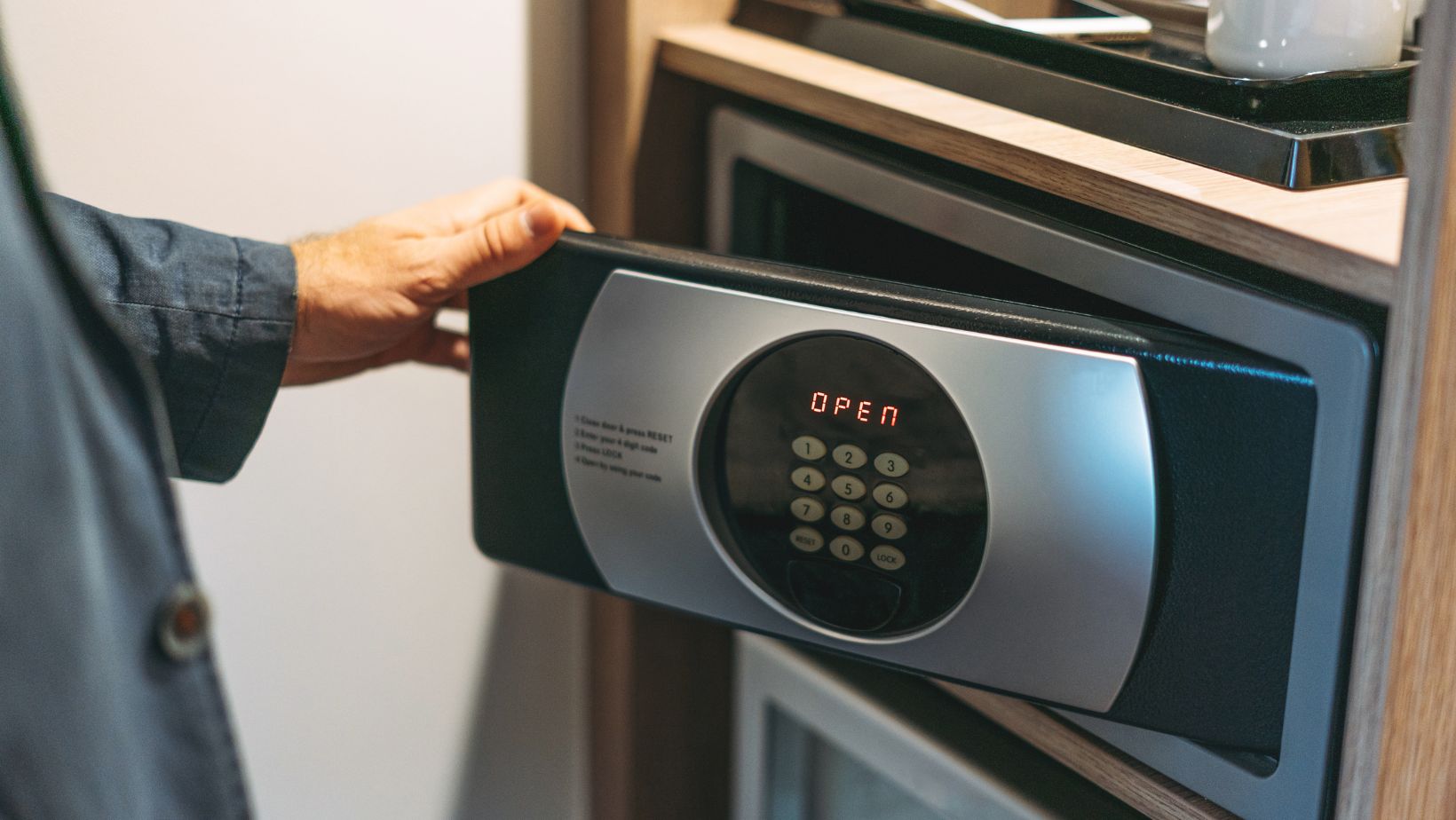Most of us probably remember our father’s or grandfather’s toolboxes—big, clunky metal cabinets and rusty steel boxes jammed full of an assortment of tools of every kind. If you are old enough, you might even remember seeing older people with wooden toolboxes from which a variety of hammers and screwdrivers poked out at odd angles. Older toolboxes were heavy and often very difficult to carry around. The old tool cases and tool shelving also tended to be overly heavy, difficult to use, and less than efficient. But today, things are changing.
Modern toolboxes and tool chests have come a long way since the days of heavy metal storage options. Indeed, today, we are seeing the rise of smart toolboxes that can integrate artificial intelligence and help you manage your tool use. Today, nearly all tool storage units are built through automation and robotics, which makes production faster and more efficient and also allows for more customization of products.
With so many exciting changes, it’s no wonder that innovations in tool storage are enhancing the durability and protection tools with the use of modern materials. In this article, we’ll take a look at some of the most important new innovations in tool storage and how they can help extend your tools’ lives.
Table of Contents
ToggleModular Storage Systems
Modern tool storage systems utilize modular components to allow users to customize them to best meet their tool storage needs. Some examples of modular components include stackable toolboxes, adjustable shelving, and removable drawers. All of these allow you to configure your storage space to fit your specific needs and to fit your specific set of tools.
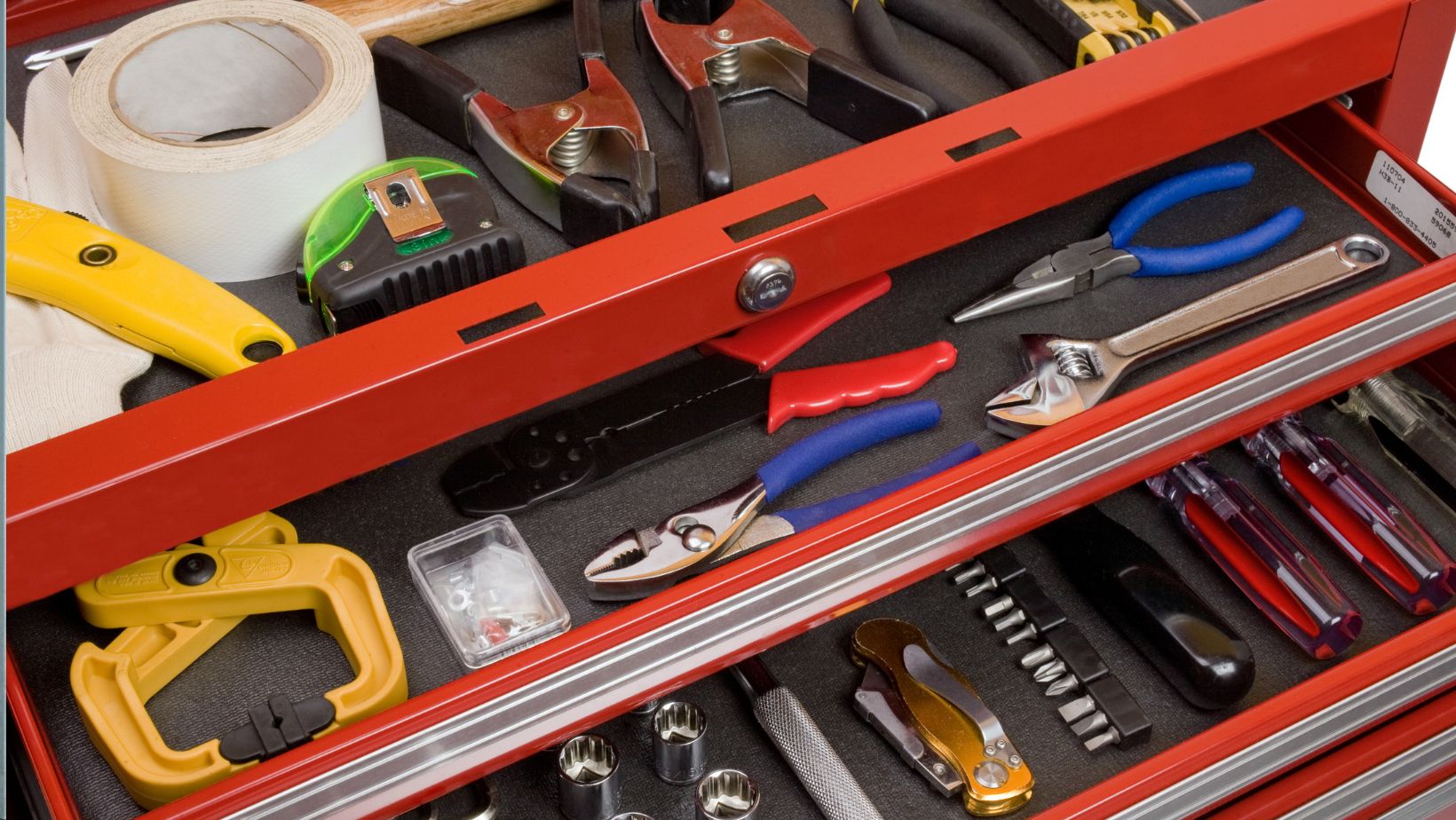
Similarly, you can use the built-in organizational systems, such as trays, compartments, and dividers, including labels, to organize tools quickly, efficiently, and effectively.
Smart Tool Storage
Increasingly, the tools we use are smart tools that are either connected to the internet or make use of computerized tracking, analytics, or enhancements. This, in turn, has led to the development of smart tool storage solutions. For instance, smart cabinets and toolboxes have RFID tags or barcode scanners, which allow users to track their tools, helping to prevent tools from becoming lost and ensuring that the right people are using the right tools. In fact, some tool organizers now offer biometric locks and smartphone-enabled access to ensure that only authorized users have access to specific tools. With toolboxes connected to you digitally, you can even receive text messages notifying you of missing tools or unauthorized toolbox access so you can always stay on top of your tools.
Advanced Materials
The tool storage devices themselves, whether boxes or chests are now made from a new generation of lightweight materials such as advanced polymers, aluminum alloys, and Shadowfoam that have the strength of older, heavier steel but are much easier to carry, helping to prevent accidents and to reduce incidences of back pain from carrying heavy toolboxes. Some new toolboxes feature corrosion-resistant coatings, which are terrific for preventing the kind of rust and corrosion that used to be a common feature of older toolboxes, sometimes to the point that the latches would rust shut.
Toolbox Customization
The revolution in 3-D printing has made it possible to have toolboxes customized for individual customers. You can have special storage solutions custom-printed for your specific tools so that they always fit perfectly. Older toolboxes came in standard sizes with one-size-fits-all storage options.
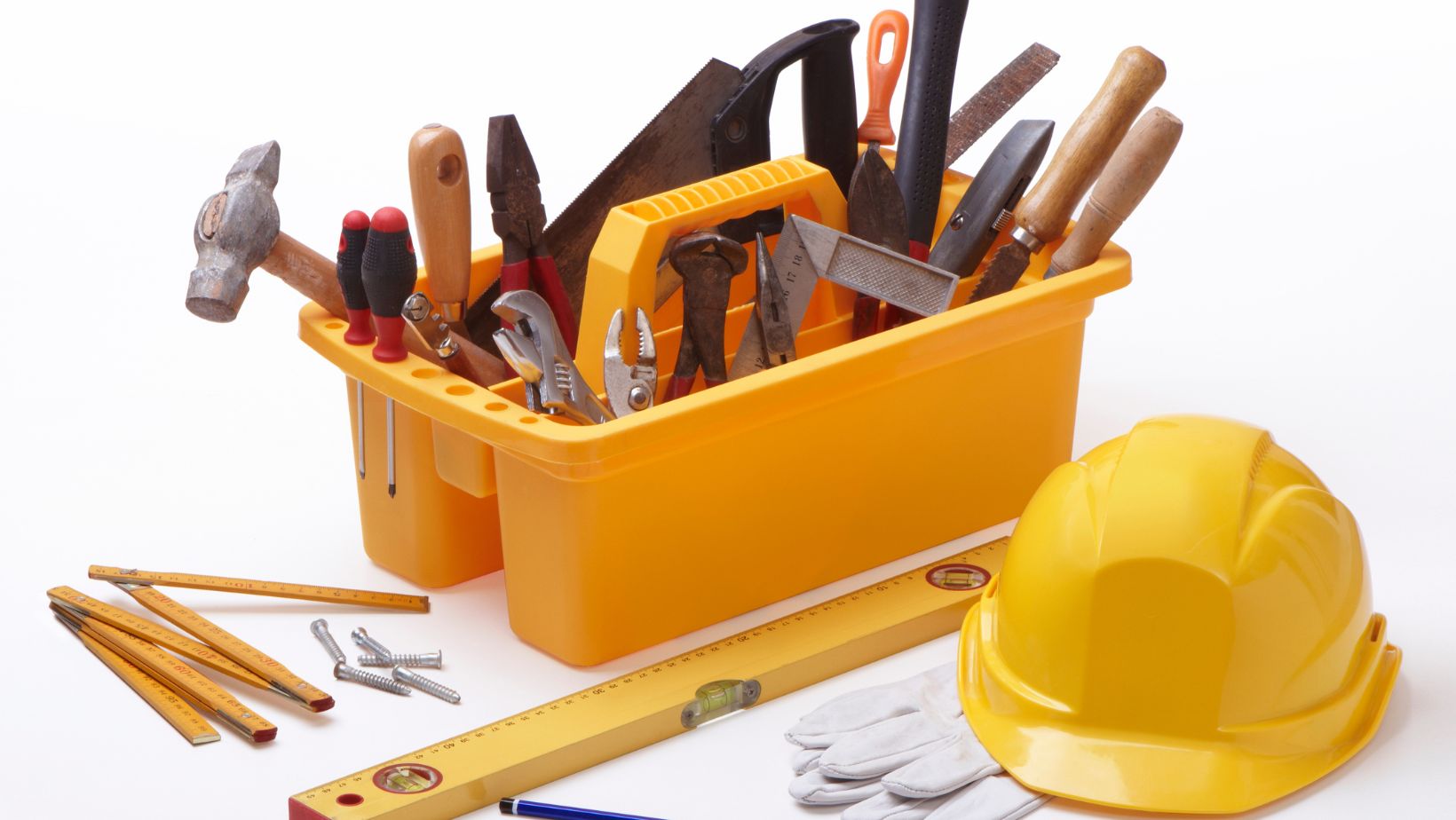
With custom-printed storage, you can have your tools scanned and perfect receptacles made for each so that you can end up with the exact toolbox you need for your specific job, with no wasted space or awkward fits. You can even have your toolbox personalized just for you with custom engraving or other personal details.
Green Manufacturing
Let’s be honest: Old-fashioned toolboxes weren’t exactly associated with environmentally friendly policies. Big hunks of metal forged in factories choked with thick smoke didn’t often signal “green.” But today’s toolboxes can now be found in a variety of sustainable materials, and some companies offer carbon offsets and other ways to lower one’s carbon footprint while purchasing a new toolbox. One of the hottest trends is to use sustainable recycled plastic to create tool storage solutions, while new energy-efficient processes can help to meet international standards such as the ISO safety certifications.
Safer Tool Storage
Finally, new materials have enabled manufacturers to create more ergonomic tool storage solutions, enhancing safety by making tool storage options easier to lift, carry, and open.

